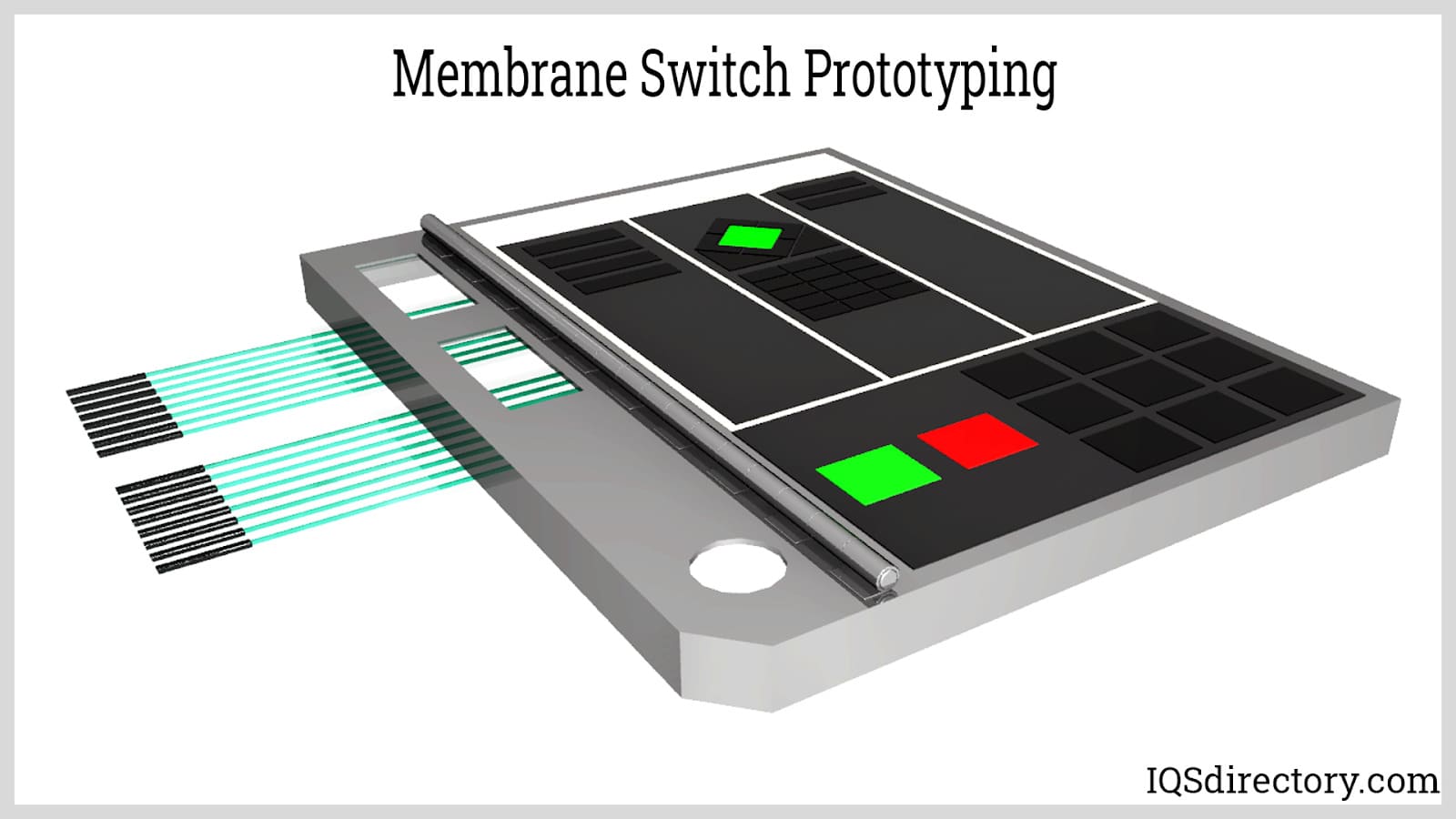The Complete Guide to Membrane Switch Technology and Its Applications
The Complete Guide to Membrane Switch Technology and Its Applications
Blog Article
Understanding the Capability of Membrane Layer Switches Over for Individual Interface Tools
The functionality of membrane switches over represents a substantial improvement in user interface style, incorporating effectiveness with visual flexibility. As sectors significantly prioritize user experience, recognizing the subtleties of membrane layer switch innovation comes to be vital.
What Are Membrane Layer Buttons?
Membrane layer buttons are cutting-edge interface gadgets that assist in customer interaction with digital devices. These functional parts contain multiple layers, including a graphic overlay, spacer, and a published circuit layer. The layout permits for a smooth integration into various electronic tools, enhancing both the aesthetic and practical aspects of individual interfaces.
Membrane switches are commonly used in a wide variety of applications, from house appliances to commercial equipment and medical tools. Their building normally features a slim profile, making them an ideal option for compact layouts. The responsive responses given by these buttons can be engineered to meet particular customer preferences, guaranteeing efficient communication in between the customer and the gadget.
Toughness is an additional significant advantage of membrane layer buttons, as they are resistant to dust, moisture, and chemicals, which improves their life expectancy in requiring environments. In addition, these buttons can be customized in regards to form, size, and graphic style, enabling branding and user-specific attributes. Generally, membrane switches over represent a practical option for enhancing user experience in digital gadgets, integrating capability with visual appeal in an effective manner.
Exactly How Membrane Layer Switches Work
Operating on an uncomplicated principle, membrane changes use a split building to register customer input effectively. Each button is composed of multiple layers, including a published circuit layer, a spacer layer, and a leading visuals layer, which are made to collaborate perfectly. When a customer presses the top layer, it compresses the spacer layer, bringing the conductive components of the circuit layer right into call with each various other.
This get in touch with develops a closed circuit, indicating the gadget to carry out a details feature. The style permits for various configurations, including tactile responses, which can improve the user experience by offering a physical feeling upon activation. The products made use of in membrane layer buttons commonly consist of versatile substrates, such as polyester or polycarbonate, which make sure sturdiness and durability versus wear and tear.

Trick Advantages of Membrane Layer Switches

One more significant benefit is their density. Membrane buttons are slim and light-weight, which enables suppliers to conserve area in their gadgets without compromising capability. This attribute is especially beneficial in applications where weight and volume are important considerations.
Furthermore, membrane layer switches are resistant to dirt, wetness, and chemicals, improving their sturdiness. This durability prolongs their lifespan and reduces the need for regular substitutes, causing cost financial savings in time.
Moreover, the tactile responses supplied by membrane layer you can find out more buttons can be maximized to enhance individual communication. They can include functions such as increased buttons or audible clicks, boosting usability and user experience.
Applications Throughout Industries
User user interface tools utilizing membrane layer buttons are prevalent in a vast variety of sectors, showcasing their flexibility and functionality. Membrane Switch. In the clinical field, membrane layer switches are essential to tools such as analysis devices and person monitoring systems, where their sturdiness and simplicity of cleaning are essential for preserving hygiene standards. In the sites automotive market, these buttons are used in control panel controls and infomercial systems, supplying a smooth and contemporary interface for users.
Furthermore, the customer electronic devices market take advantage of membrane buttons in appliances and handheld devices, where compact design and easy to use user interfaces enhance customer experience. Industrial applications likewise leverage membrane changes for control panels in equipment and automation systems, emphasizing their robustness and resistance to harsh environments.
In the aerospace and defense sectors, membrane layer buttons are used in cockpit controls and devices, where reliability and efficiency under severe conditions are paramount. In addition, the gaming market significantly incorporates membrane layer buttons in controllers and game machines, adding to an engaging individual experience. Overall, the convenience of membrane layer switches over allows their widespread usage throughout various sectors, emphasizing their importance in modern customer interface style.
Future Trends in Membrane Switch Modern Technology

In addition, using advanced materials, such as polycarbonate and polyester films, is anticipated to climb, offering improved durability and resistance to ecological stressors. These materials add to the general longevity of membrane switches, making them appropriate for harsher commercial applications.
Additionally, the unification of clever modern technology, including IoT connectivity, will allow membrane buttons to connect with various other gadgets and systems, assisting in an extra interactive customer experience. This trend lines up with the growing need for clever devices across various sectors, from healthcare to consumer electronics.
Lastly, customization options are prepared for to broaden, enabling makers to create bespoke solutions customized to details user requirements and preferences. These developments will position membrane layer switches as vital components in the advancement of interface innovation.
Verdict
Finally, membrane changes represent an essential development in interface modern technology, providing a trusted and versatile remedy for varied digital applications. Their layered building and construction assists in small design, while functions such as tactile responses boost customer index interaction. The durability versus environmental elements better solidifies their energy across several industries. As advancements in material scientific research and touch sensing modern technologies proceed, the performance and applicability of membrane layer switches are anticipated to increase, strengthening their importance in contemporary electronic tools.
Report this page